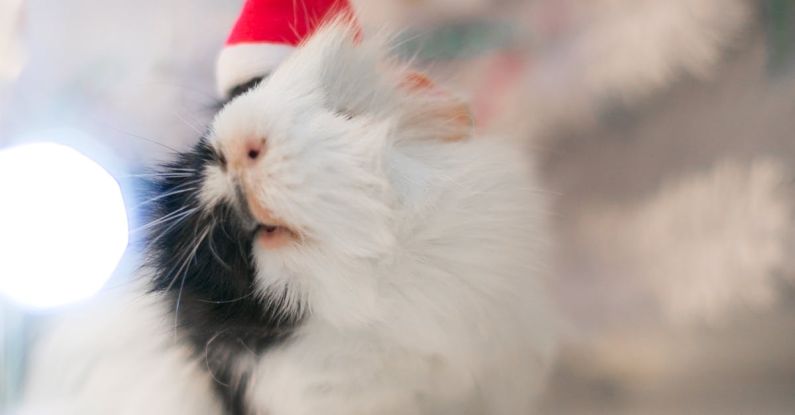
Encouraging Natural Foraging Behaviors in Your Pets
Foraging is an instinctual behavior that many animals, including pets, exhibit in the wild. It involves searching and scavenging for food, which not only provides physical nourishment but also mental stimulation. In domestic settings, pets may not have the same opportunities to forage for their food as they would in the wild. However, there are ways to encourage and promote natural foraging behaviors in your pets to keep them physically and mentally engaged.
Creating Foraging Opportunities
One of the simplest ways to encourage natural foraging behaviors in your pets is by providing them with opportunities to work for their food. Instead of serving meals in a traditional bowl, consider using puzzle feeders or interactive toys that require your pet to engage in some level of problem-solving to access their food. These feeders can mimic the act of foraging for food in the wild, stimulating your pet’s natural instincts and providing mental enrichment.
Additionally, scatter feeding can be an effective way to encourage foraging behaviors in pets. Scatter your pet’s food in different areas of the house or yard, forcing them to search and explore to find their meals. This activity not only engages their sense of smell and sight but also encourages physical activity as they move around to locate their food.
Foraging Enrichment Activities
Incorporating foraging enrichment activities into your pet’s daily routine can help keep their minds sharp and engaged. Hide treats or small portions of their food in various places around the house for them to find. You can use toys, puzzle feeders, or even homemade foraging puzzles to make the activity more challenging and rewarding for your pet.
Another fun way to encourage foraging behaviors is by creating a “snuffle mat” for your pet. A snuffle mat is a mat with fabric strips that hide treats or kibble between them. Your pet will have to use their nose to sniff out the hidden food, engaging their sense of smell and providing mental stimulation.
Outdoor Exploration
If you have a yard or outdoor space, allow your pet to explore and forage in a safe environment. Take them on walks in natural areas where they can sniff around, investigate different scents, and possibly find natural treasures like fallen leaves or sticks. Outdoor exploration not only encourages foraging behaviors but also provides valuable mental and physical exercise for your pet.
Foraging Toys and Games
Investing in foraging toys and games designed specifically for pets can be a great way to encourage natural behaviors. There are a variety of interactive toys available that require pets to manipulate objects or solve puzzles to access their food. These toys can be a fun and engaging way to provide mental stimulation and encourage foraging behaviors in your pet.
Food Dispensing Toys
Food dispensing toys are another excellent tool to promote natural foraging behaviors in pets. These toys dispense small amounts of food as your pet plays with them, encouraging them to work for their meals. Food dispensing toys can be especially beneficial for pets who eat too quickly or need mental stimulation to prevent boredom.
Encouraging Foraging in Multiple Pet Species
It’s important to note that foraging behaviors can vary between different pet species. While dogs and cats may enjoy puzzle feeders and interactive toys, small animals like rabbits, guinea pigs, and birds have specific foraging needs that should be addressed. Provide appropriate foraging opportunities for each species, such as hiding fresh vegetables for rabbits to find or scattering seeds for birds to search for.
Incorporating foraging activities into your pet’s daily routine can have numerous benefits, including mental stimulation, physical exercise, and overall enrichment. By encouraging natural foraging behaviors, you can help keep your pets engaged, happy, and healthy. Experiment with different foraging techniques and activities to find what works best for your pet, and watch as they thrive in their natural instincts.





